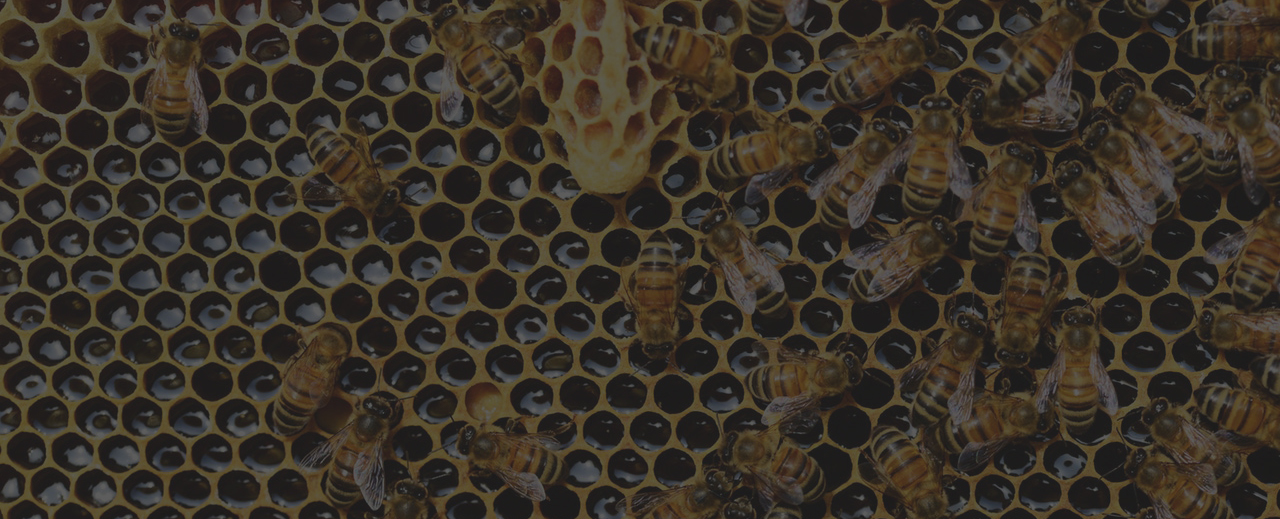BEES WAX WRAP QUESTIONS Click the questions to reveal answers... —
Easy, simply wipe with a clean damp dish cloth, sponge or under the cold tap and let it air dry or pat it dry with a clean towel.
Typically, between 6 months to a year and like us all it will get lines, folds and creases but just pop it on the compost and start a fresh. You can reheat in the oven at 150 for about 5 minutes but keen an eye on it and remember it will be super-hot but this will help take out some of the creases and redistribute the wax.
Oakdale Bees wax wraps contain 100% natural beeswax from our own Windsor apiary, responsibly sourced jojoba oil and natural pine resin which acts as a solvent it helps malleability and suppleness.
Well where do we start; the obvious is, It reduces the use of plastic in your home. It educates your kids not to automatically reach for the plastic You compost it therefore reducing the risk of pollution (just watch Blue Planet)! They are natural and non-toxic. Beeswax wraps support our lovely Oakdale Bees which in turn helps your flowers and fruits trees get pollinated. They need a little hug each time you use them to mould them, take a deep breath and a moment. We give you the choice or organic cotton and we offer a posh pretty pack too which make superb gifts.
Absolutely
Absolutely NOT or cooker or heat or dishwasher.
BEE KEEPING QUESTIONS Click the questions to reveal answers... —
it’s rewarding but it’s not particularly easy. You must absolutely MUST go onto a course before embarking on the journey. You will need to join the BBKA British Bee Keeping Association (www.BBKA.org.uk) and we suggest you contact your local branch of bee keepers to seek advice. Please ensure you are comfortable handling the bees before they arrive so introduction courses are a great way to see if this is for you but It is a hugely rewarding vocation.
in essence anywhere however there are a number of considerations; firstly your family, your neighbours, are you next to a local school or public building, is the site safe from getting knocked or disturbed (Hive theft is prevalent), you will need a lot of kit, therefore can you store it nearby, do you have access to power and water. Again, we urge you seek advise from your local bee keeping society and ensure you take out the insurances, which is typically covered in the membership but once you have the bees onsite there are only a few times in the year that you are able to move them so think really carefully and ensure to research.
The differences between a honey bee and a wasp can be hard to spot as they can look similar, the bumble bee is easy to identify as our archetypal discernment of a bee however the honey bee is smaller and also has a more round body, please refrain from swatting or flapping your arms about if evident. The bee has little interest in you they will soon dissipate. Honey Bees live in a well organised colony. They do not hibernate. They produce honey and store it in wax comb and use the same hive from one year to the next. They pollinate crops. They only sting if threatened and then sadly die. Size 16 to 20mm. At Oakdale we have the British Buckfast bees.
Wasps start in the Spring with a single queen wasp that has hibernated under leaves or in cracks. The queen wasp builds a new hive constructed from paper and about the size of a golf ball. This hive (bice) builds up through the summer, however no honey is stored. In the autumn the colony organisation breaks down, with homeless wasps becoming an increasing nuisance. They can sting several times. Size 13- 19mm.
Wasps as all pollinators are valuable to the eco system.
The super sized wasps are hornets and they are not friends of the bees, they hover outside their hive and will just bite their heads off. Please research the European and Asian hornets as the latter need to be reported to DEFRA.
Bees will not generally sting if unprovoked, usually the bee has been trapped or threatened to provoke its anger. A bee only stings under two conditions either to protect the colony, or when frightened. When close to a beehive avoid flapping your arms and moving rapidly, if the bees are antagonised walk away through undergrowth or trees if possible. When a bee stings, barbs in the lance of the sting cause it to torn from the bee as the bee is shaken off. You should scrape the bee sting out with your fingernail as the sting still pumps venom for some time after the bee has left. Having stung the bee will die. Although sometimes painful stings are rarely dangerous and need only some antihistamine or local anaesthetic cream from your pharmacist. Ask you pharmacist or call NHS 111 for further advice or see https://www.nhs.uk/conditions/insect-bites-and-stings/. You must tell someone you have been stung at the time should you have a later reaction. And not to alarm you but a small number of people are strongly allergic to stings and can become very ill. If there is any shortness of breath, dial 999. Source BBKA
Don't Panic, bees in a swarm are universally in a good mood. They cannot easily sting even if antagonised typically they have gorged themselves with honey and cannot get their bodies into the best position to sting. If the swarm is not causing a nuisance then leave it, gradually the bees will cluster in a bush or tree and remain there for up to 3 days. During that time scouts will be sent out to look for a new home. The only problem maybe they will choose your chimney. If, as the bees begin to settle, you put your fire/ heating on low this often persuades them to move on. Google your local bee society and they typically the swarm collectors’ mobile numbers , for speed we suggest you text them a picture for ease of identification. Source BBKA
It is possible for bees to fly as far as 3 miles for food, however an average distance would be less than a mile from the hive. A strong colony flies the equivalent distance of to the moon every day! We urge you to support the B lines initiatives detailed on our charities page and scatter the seeds we will send with your purchase.


